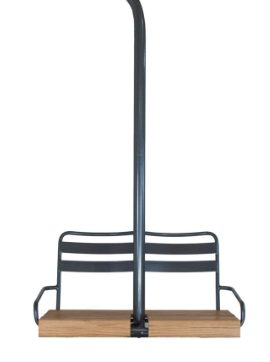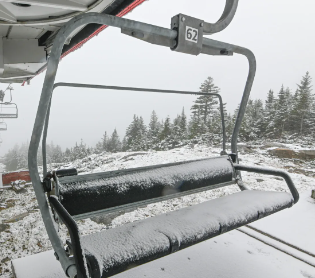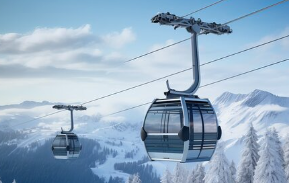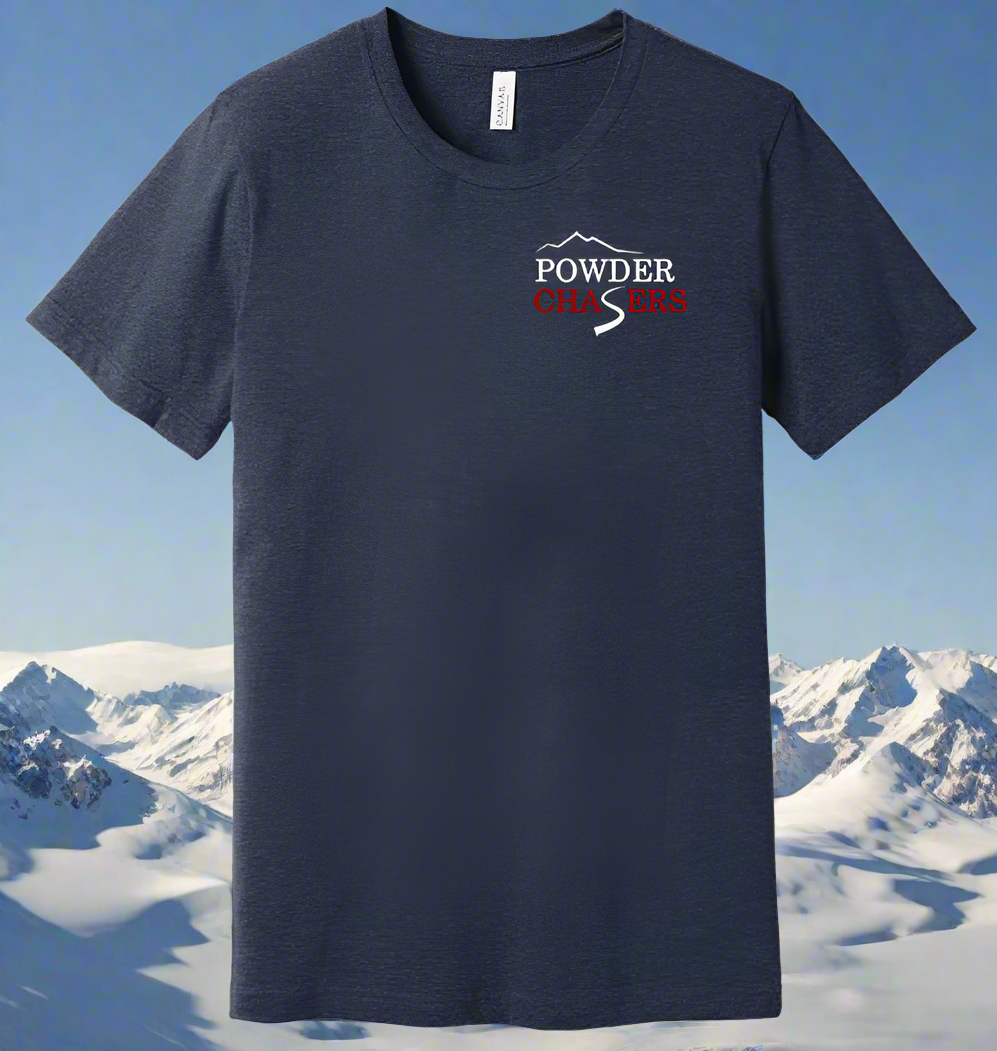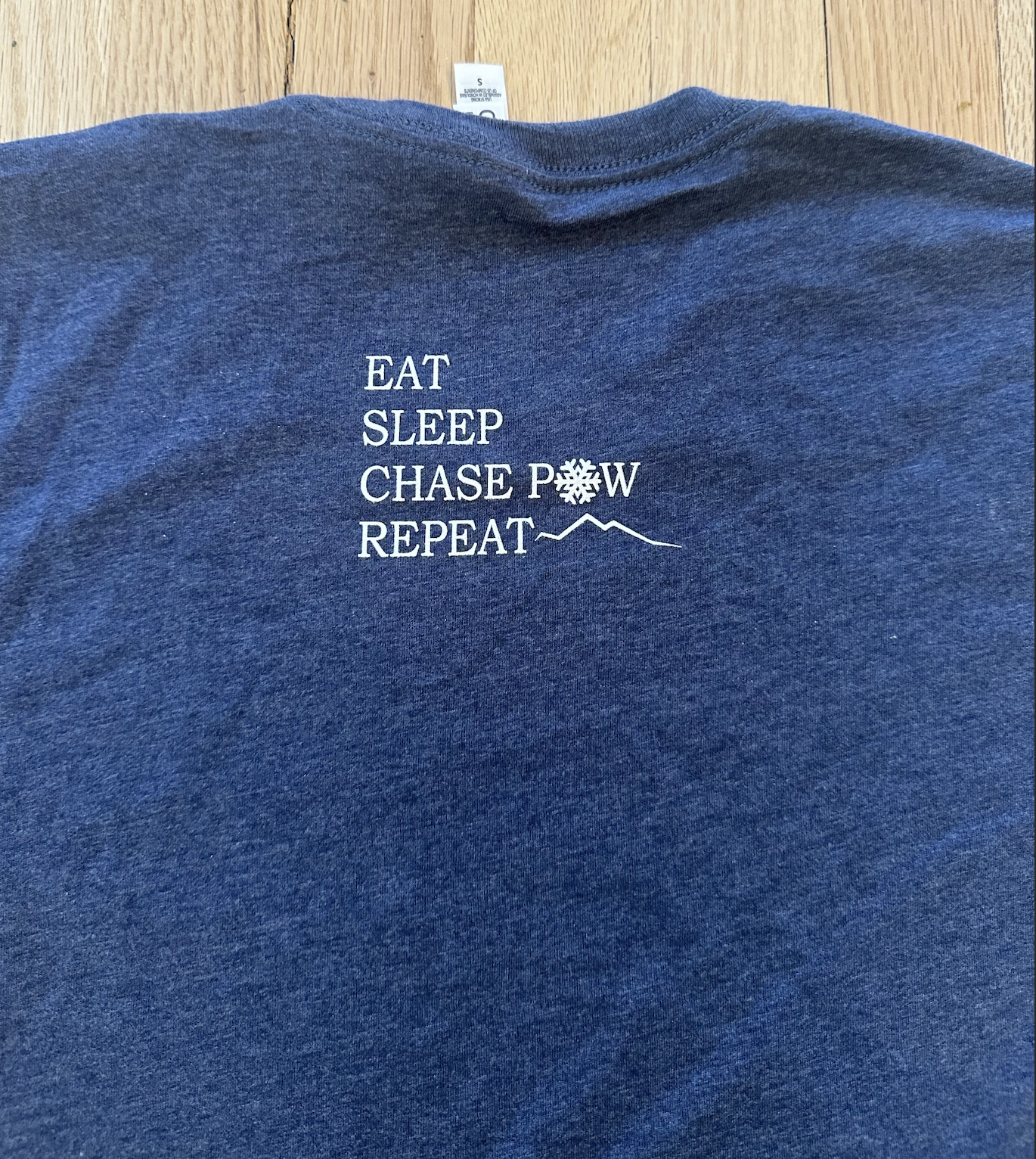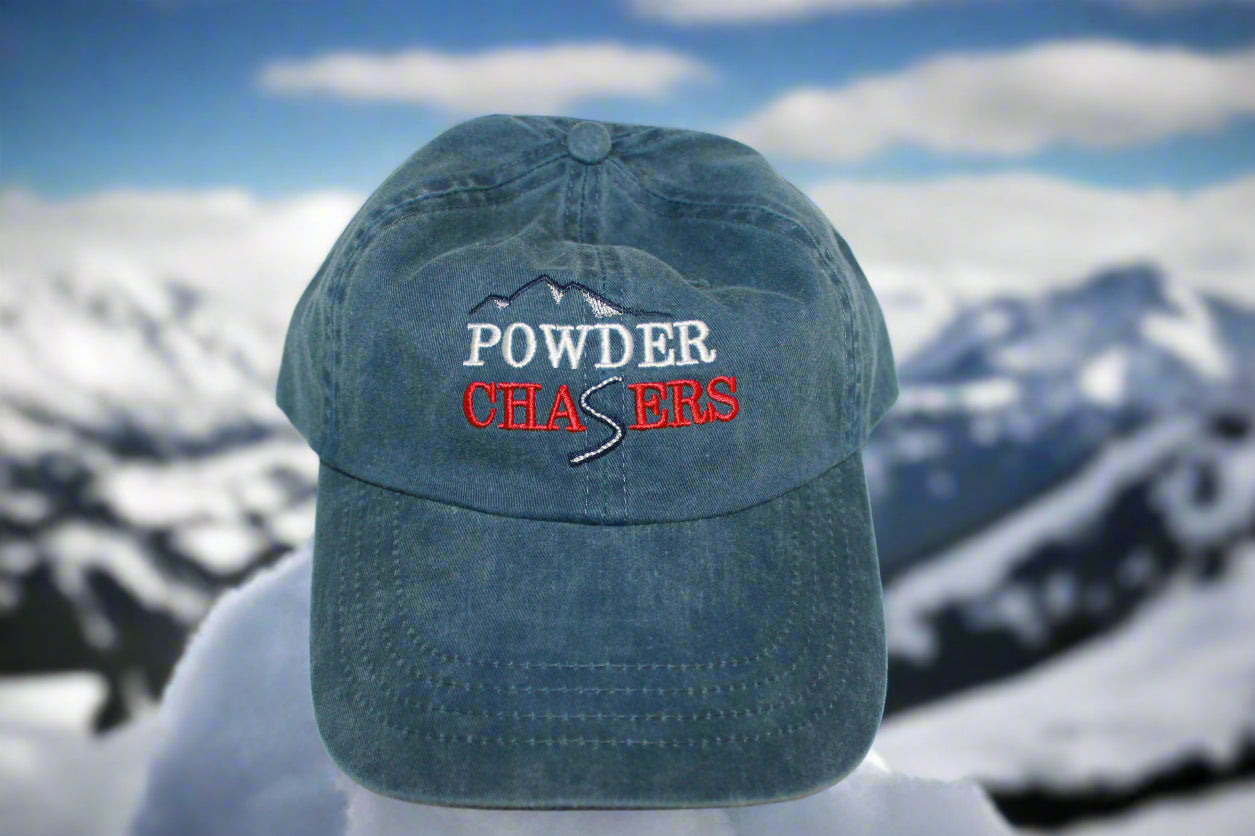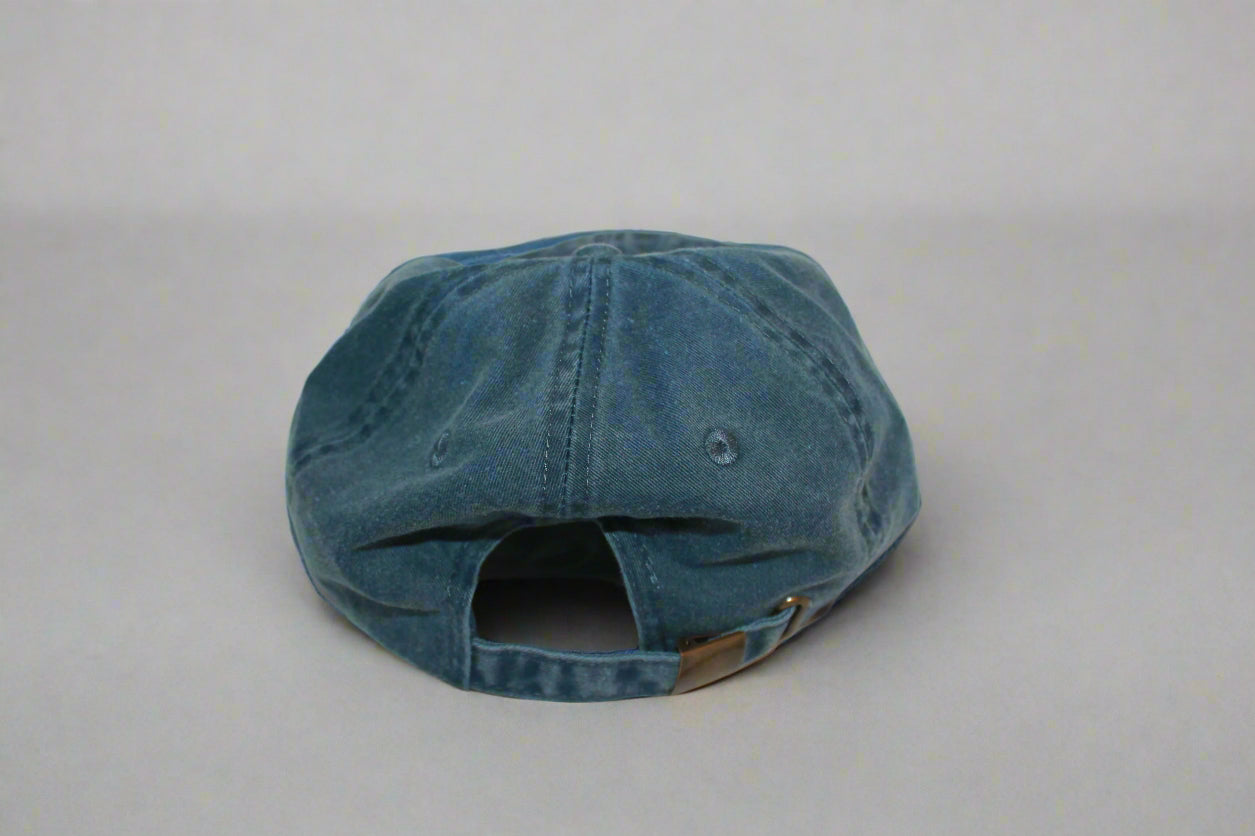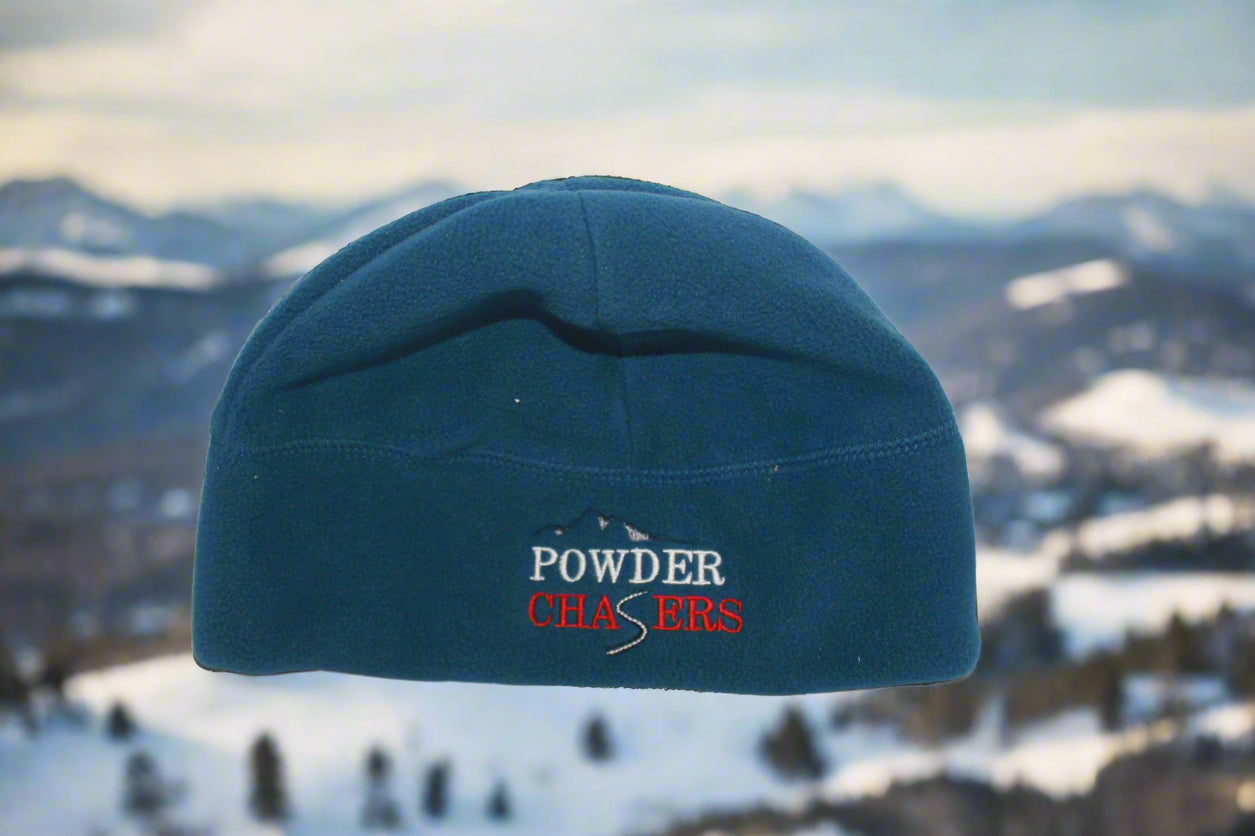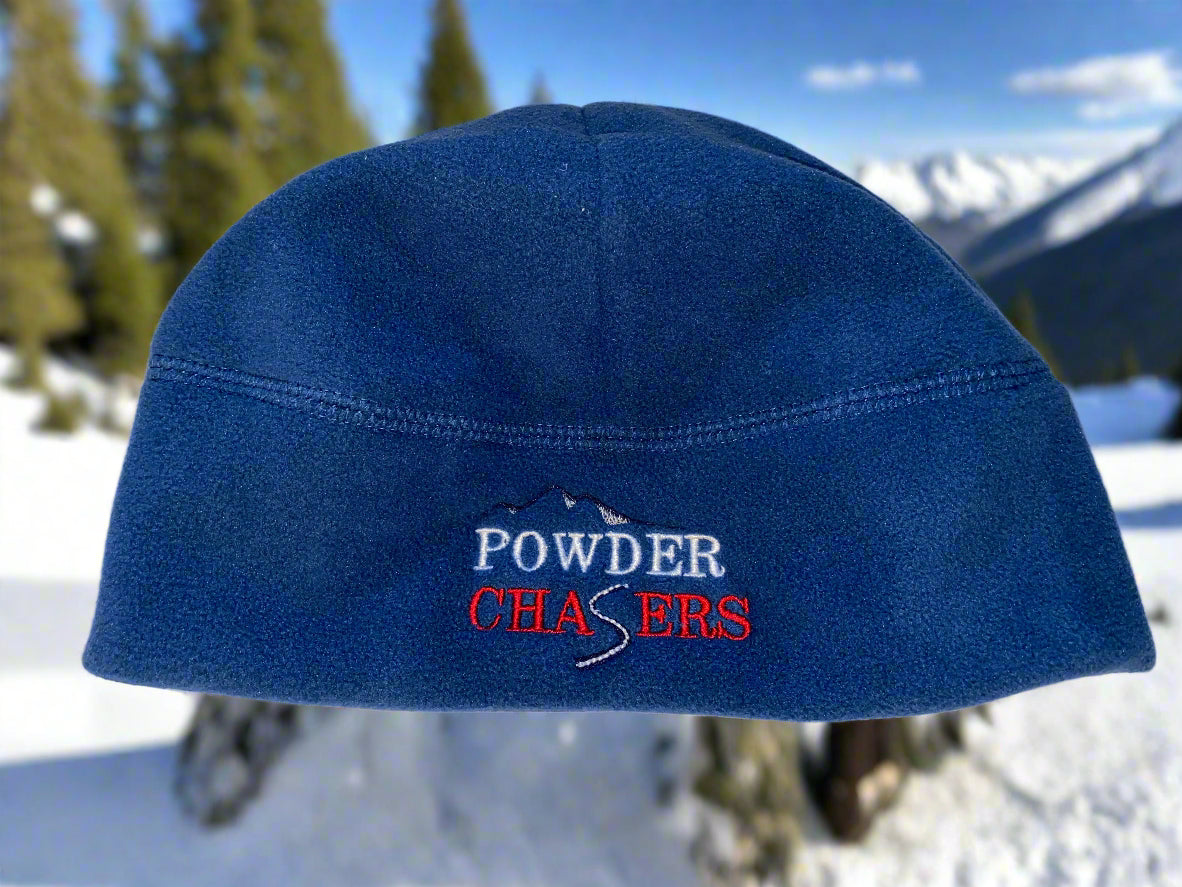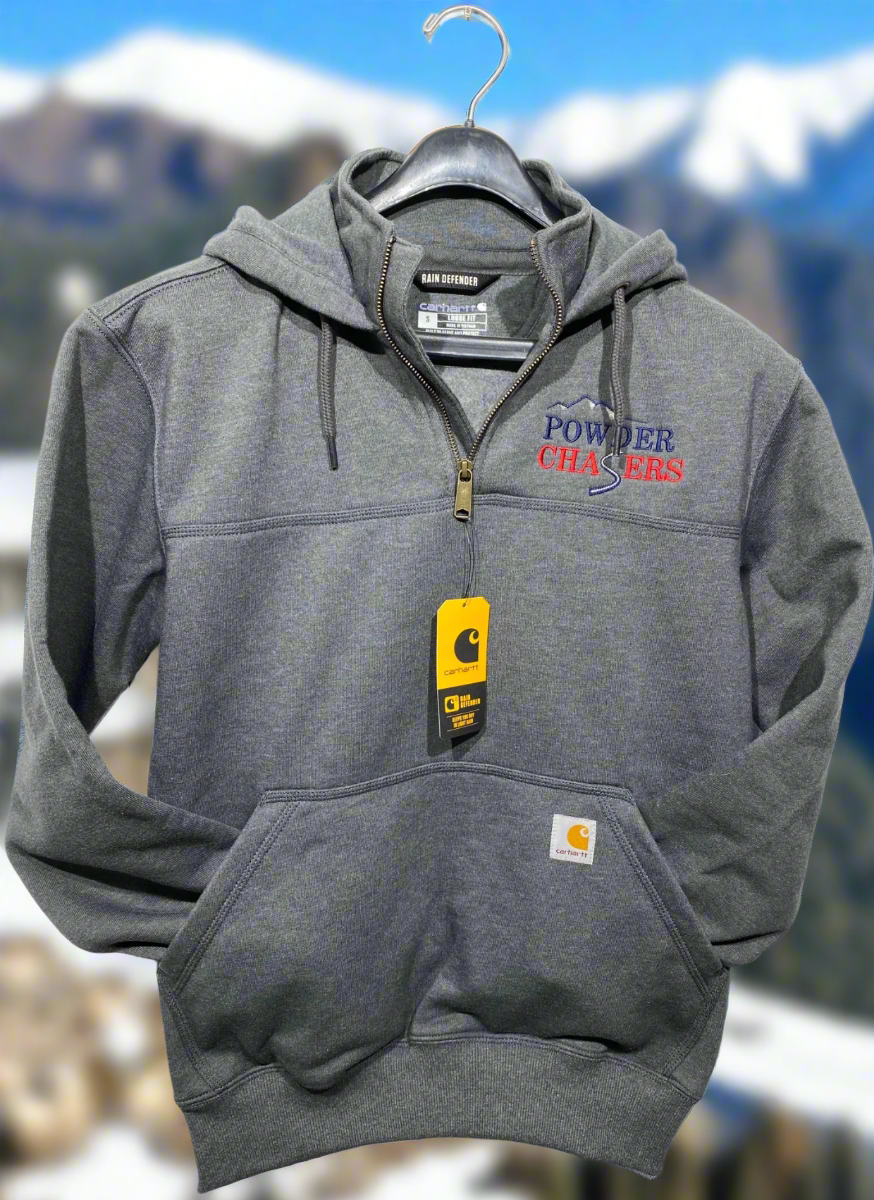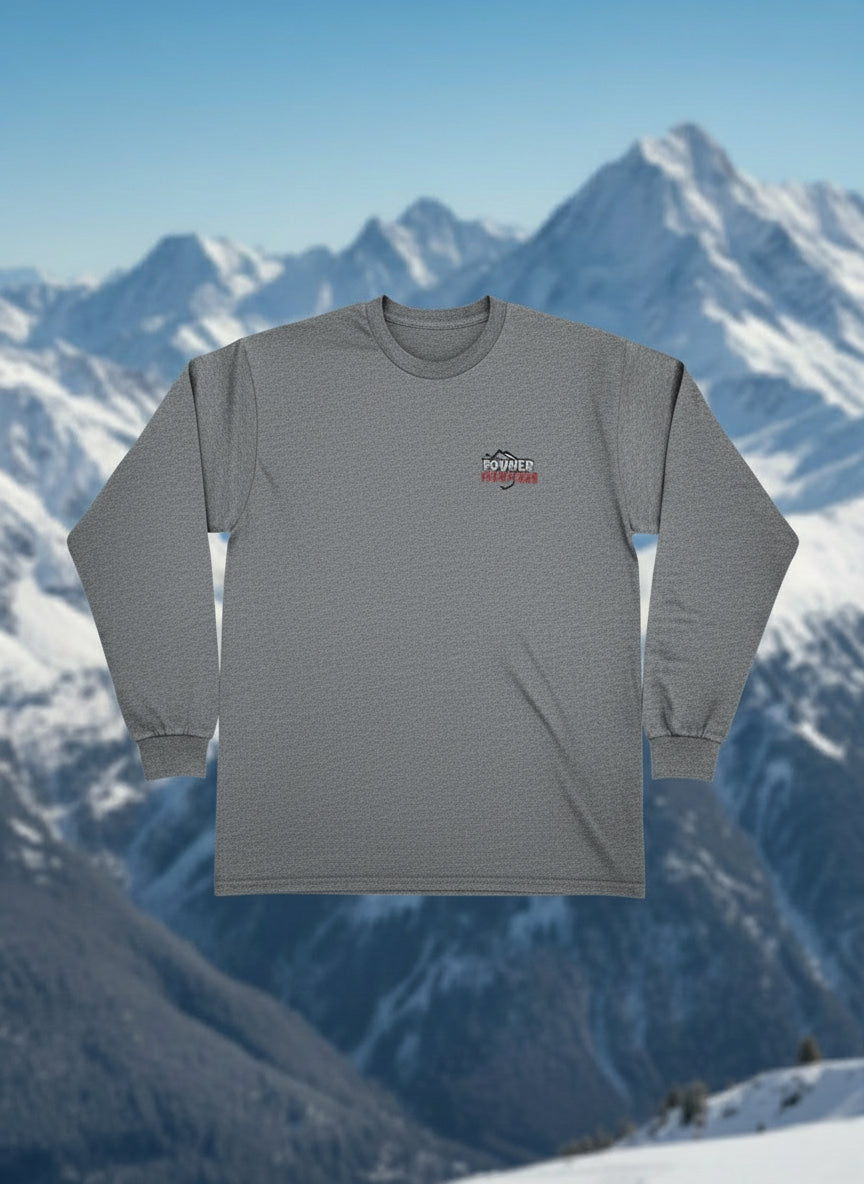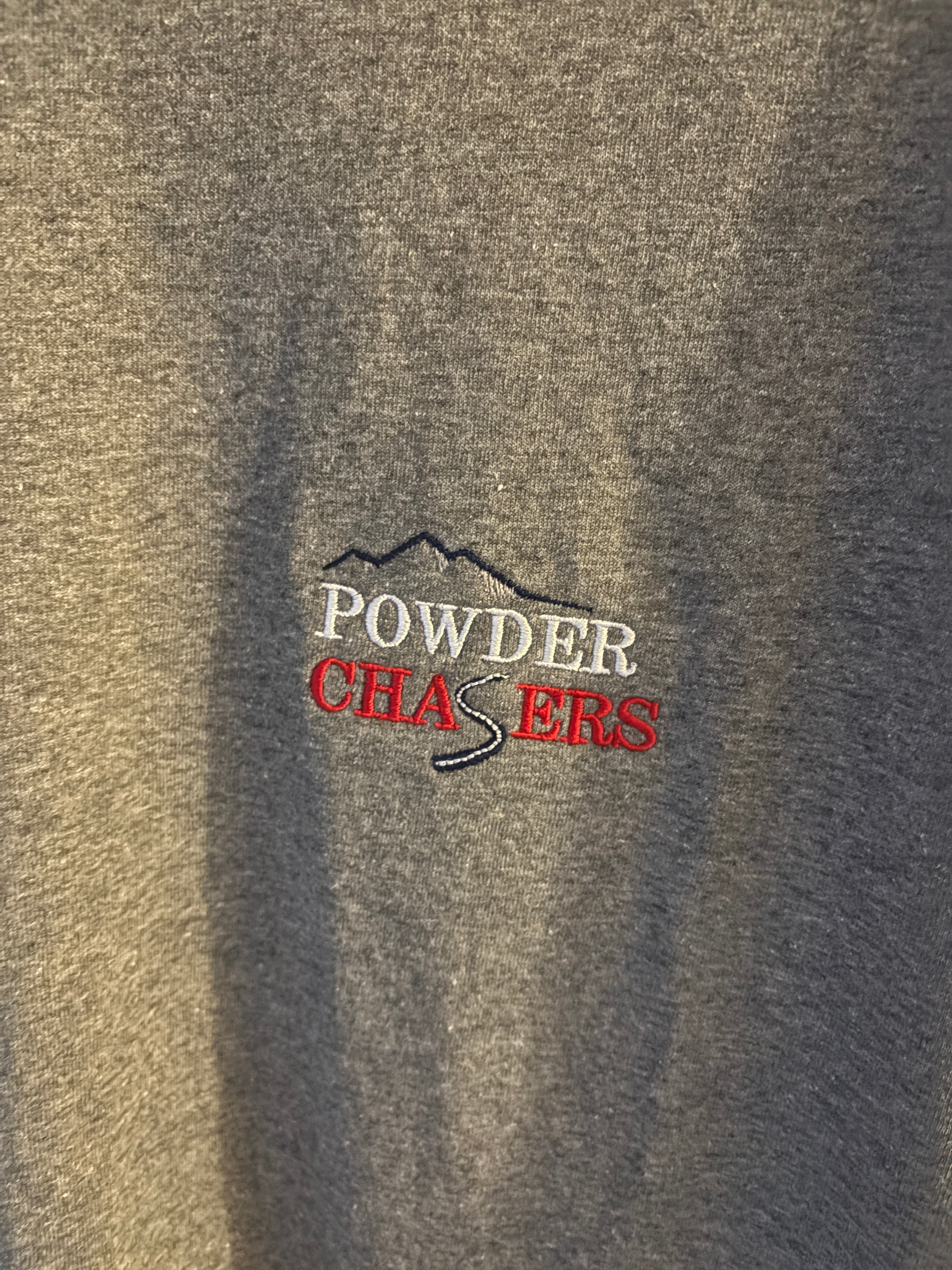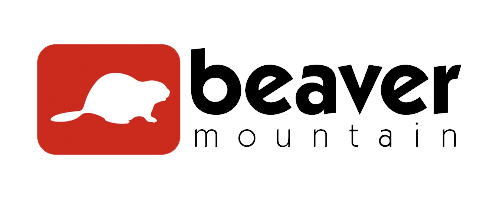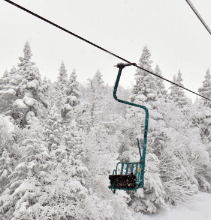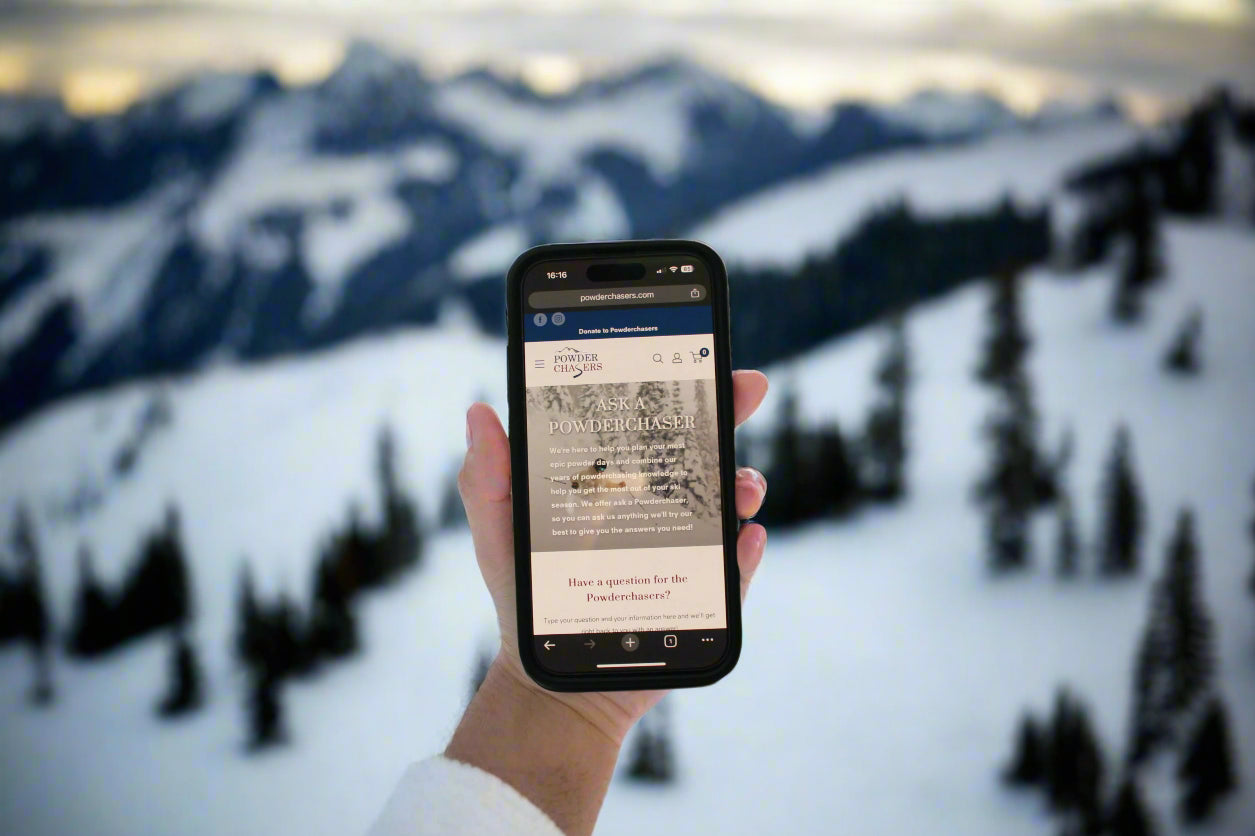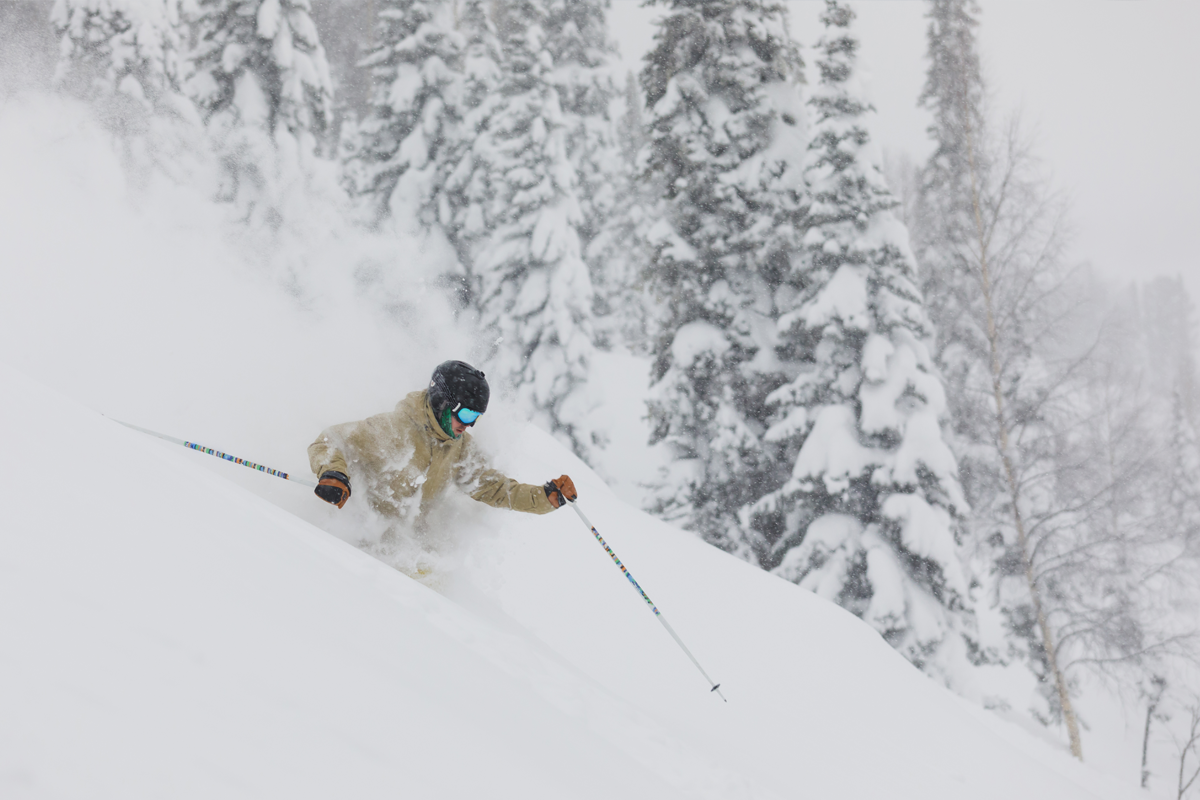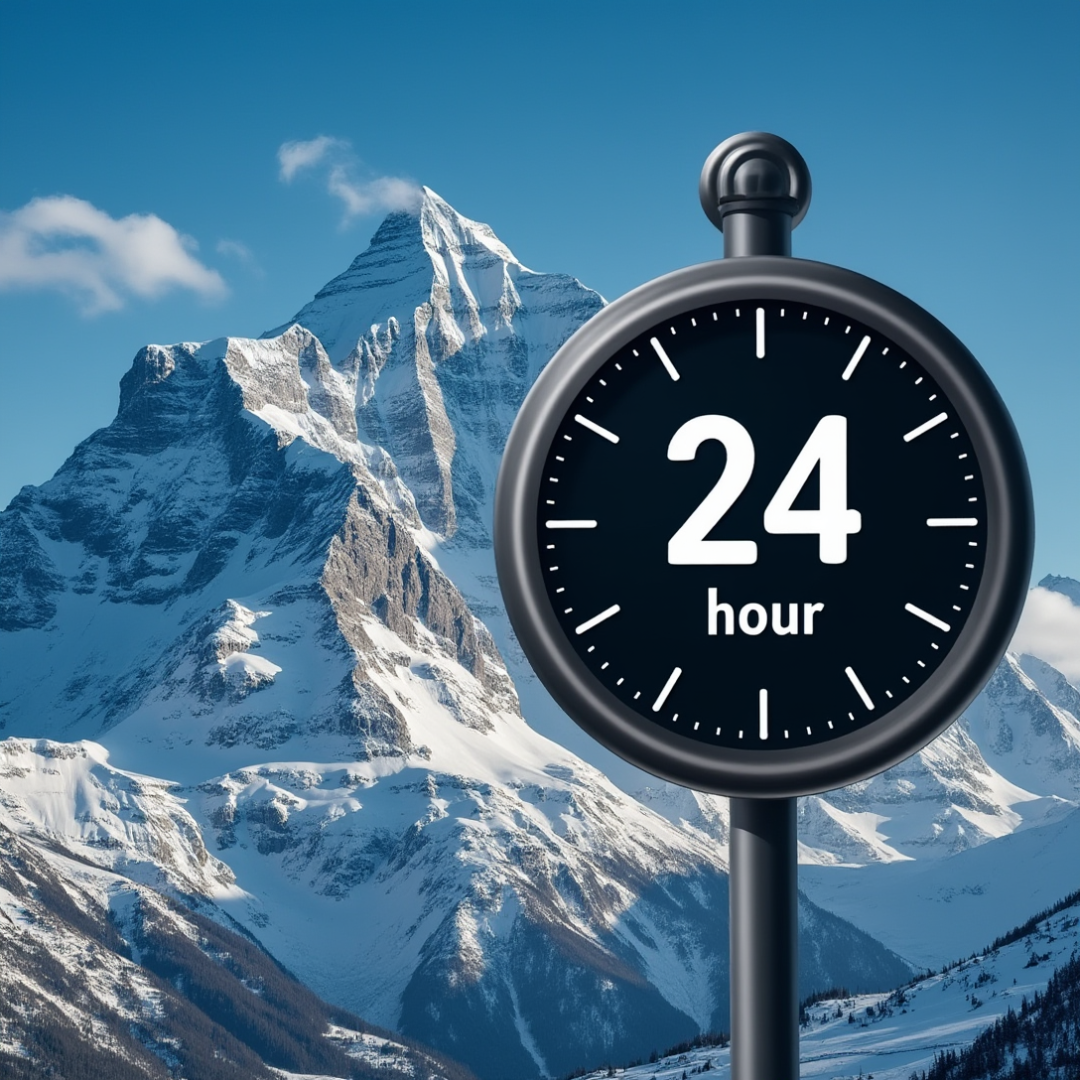Summary
A series of strong atmospheric rivers (AR) is poised to bury the western US over the course of the next seven to ten days. The jet stream will sag south and direct a series of storms towards the west coast. It will be far enough south to deliver ample moisture to the Sierra and the southwest US. The first AR will start out with warm temperatures, but the following storms will be colder. Fluctuating snow levels with each wave will be present, but cold fronts will provide better quality snow at some point during each event. This post will focus on the first event, lasting from Tuesday through Thursday. Storm #2 will be Thursday though Monday (Dec 29- Jan 2), while storm #3 will be Monday through Thursday (Jan 2-5). This could be a record period for snow and rainfall, especially in the Sierra, where the most precipitation will fall. This is an awesome pattern for repeated big snowfalls and many good powder days. Visualized in the precipitable water map below, which shows the amount of moisture available in the atmosphere, you can see repeated fire hoses aimed at the western US.

Another way to view this exciting forecast is the upper level pattern, which shows areas of low pressure moving into the western US over and over again over the next ten days. Each one of these has an associated atmospheric river. You can see the storms lined up across the northern Pacific and barrel one after another through the West.

Short Term Forecast
So let's get right into the totals and timing. Temperatures are warm across the western US, with many resorts seeing temperatures above freezing over the lower mountain of late. Snow levels will be high to start with very dense snow, with better snow quality after the front. Many areas will see rain on Monday before transitioning back to snow, and winds will be strong at times. As colder air filters in, rain will turn to snow and fall heavily across much of the West. The snow forecast will be for mid mountain elevations, as the warm air could cut down totals at lower elevations.
Northwest
Before things get exciting, there will be some rain to get through on Monday. The action will get started in Washington and British Columbia in the early hours of Tuesday, with snow across the Cascades. Oregon and Idaho will join the part a few hours later. Moderate to heavy snow will fall through midday Wednesday before become more showery, followed by a quick break before the next storm. In the central Cascades of Washington, expect 10-20\" for this first wave, at resorts like Stevens Pass and Crystal, with a bit less farther north at Mt. Baker. Substantial amount of freezing rain fell in Washington over the weekend, so be cautious about chasing there before that ice layer is completely buried. Totals will be even heavier in Oregon, where 18-30\" is likely at Timberline, Bachelor, and Mt. Hood. Cooler air arrives midday Tuesday in Oregon and Tuesday night in Washington. Best pow day will be Wednesday. Winds will be very strong, especially in Oregon, that could impact lifts and snow quality.
In Idaho, after some rain today, the snow will start falling tonight in the northern panhandle, and spread south from there. South winds will deliver the biggest totals to south central Idaho and Sun Valley. Heavy snow will pick up late Monday night in Sun Valley and continue throughout the day, tapering to showers Tuesday night. Expect 8-16\" by Wednesday morning. Farther north, at Schweitzer and Selkirk Powder, snow will start Monday night and continue through Wednesday. Expect 10-20\" for the storm in these locations. Totals will be less in Montana, generally just 3-6\".
California
The Sierra, and its proximity to ocean moisture, will receive the most precipitation from this first AR. Warm temperatures will again result in rain to start, with a transition to snow sometime on Tuesday. The exact timing of the front will affect snow totals, but this will occur sometime Tuesday morning. By the end of the storm on Wednesday, expect 10-20\" mid mountain for Sugar Bowl, Palisades, and Northstar, with similar totals for the Tahoe basin resorts. Snow should be deeper at Kirkwood with their higher elevation. Mammoth should see similar totals, with their higher elevation as well. Winds will be strong but not extreme, with upper mountain lifts being impacted.
Utah/Idaho/Colorado
Snow will start Tuesday morning in the Tetons, Tuesday afternoon in Utah, and Tuesday evening in Colorado. Snow should wrap up Thursday morning in the Tetons and Utah, and Thursday afternoon in Colorado, with some lingering showers after. Jackson Hole and Grand Targhee should end up with 8-16\", while northern Utah, especially the Cottonwoods (Snowbird, Alta, Brighton, Solitude) will likely see 16-24\" by the end of the storm. Again, snow will be dense at first with warm temperatures, but become lighter as the front moves through late Tuesday evening in Wyoming and Wednesday morning in Utah.
The biggest snow totals in Colorado will be in the San Juans, with lesser amounts to the north. Cold front timing for Colorado is Wednesday night into Thursday morning, from northwest to southeast. Wolf Creek should see 10-20\", 5-10\" for Steamboat, with lesser amounts in between and farther east.
Arizonaew Mexico
The southwestern part of the country will finally get some more snow! It's been a rough year for Arizona and New Mexico, but starting with this next storm things should really start to improve. In Arizona, snow will begin Tuesday night, ramp up quickly, and continue through Thursday morning before tapering to showers. Expect 10-20\" for Arizona Snowbowl, accompanied by very strong winds that could impact lifts and snow quality. Snow will initially be dense, but their high base elevation should keep it all snow. The snow will begin Wednesday morning in New Mexico and last through the day on Thursday, falling moderately for most of that time. Expect 5-10\" for Taos and Ski Santa Fe, with lower totals elsewhere.
Extended Forecast
As mentioned, storm #2 and #3 will follow right on the heels of the first. As one storm is winding up in Colorado and New Mexico, the next one will start impacting the northwest and the Sierra. Fortunately, things will have cooled down with the cold front from storm #1, and will generally remain colder during storms #2 and #3. Below is a snow forecast from the National Blend of Models for the first TWO storms.

This is shaping up to be one of the better stretches of Winter across the western US in many years. With close attention to snow levels and winds, many great powder days will be had. Stay tuned for the next forecast with an update for storms #2 and #3.
Announcement!
Powderchasers and our forecast staff are supported by our readership, so if you have not donated, please do so here or join our powder concierge program where we provide 1:1 trip planning for chasing, last-minute custom forecasts, and the best pow day of your life. Support our sponsors and be sure to follow our Instagram and Facebook page @powderchasers.
Thanks for reading.
Follow me @lstone84 on Instagram to track and chase storms all Winter long!
Luke


